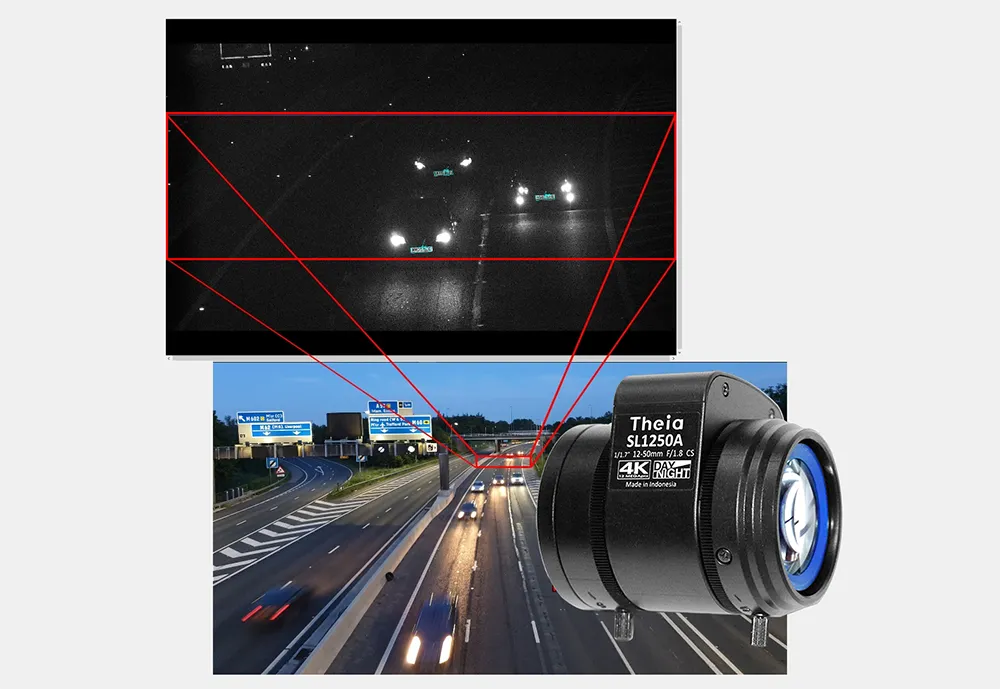Carrida Technologies says its automatic number plate recognition (ANPR) engine is scalable in terms of reading performance, run time and application area.
The ANPR engine is based on a convolutional neural network which has been optimised to be able to cover a variety of characteristics from all over the world, the company adds.
In addition, the ANPR engine reads vehicle number plates and includes other modules such as the recognition of make and model of vehicles.
Stand: 1F42
October 25, 2018
Read time: 1 min
The ANPR engine is based on a convolutional neural network which has been optimised to be able to cover a variety of characteristics from all over the world, the company adds.
In addition, the ANPR engine reads vehicle number plates and includes other modules such as the recognition of make and model of vehicles.
Stand: 1F42









